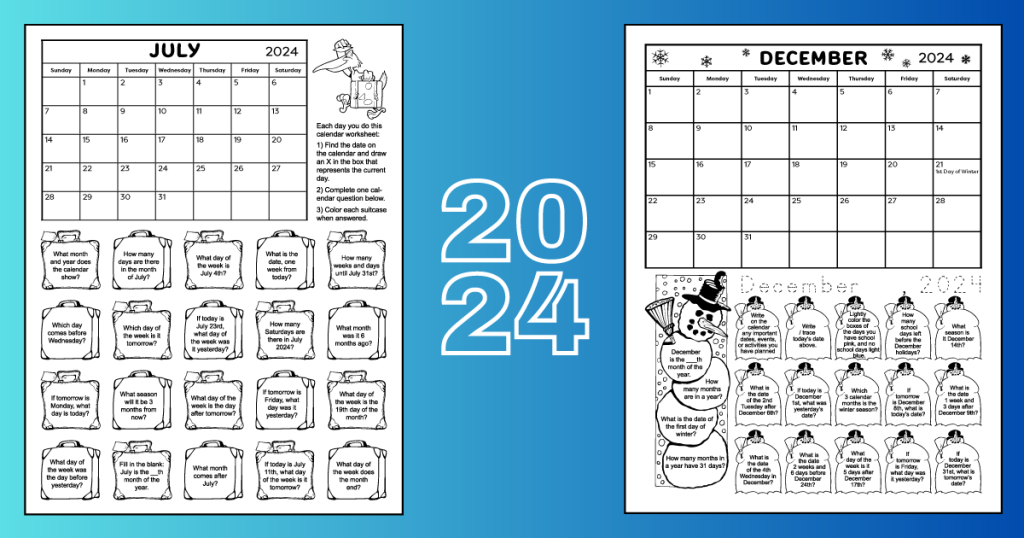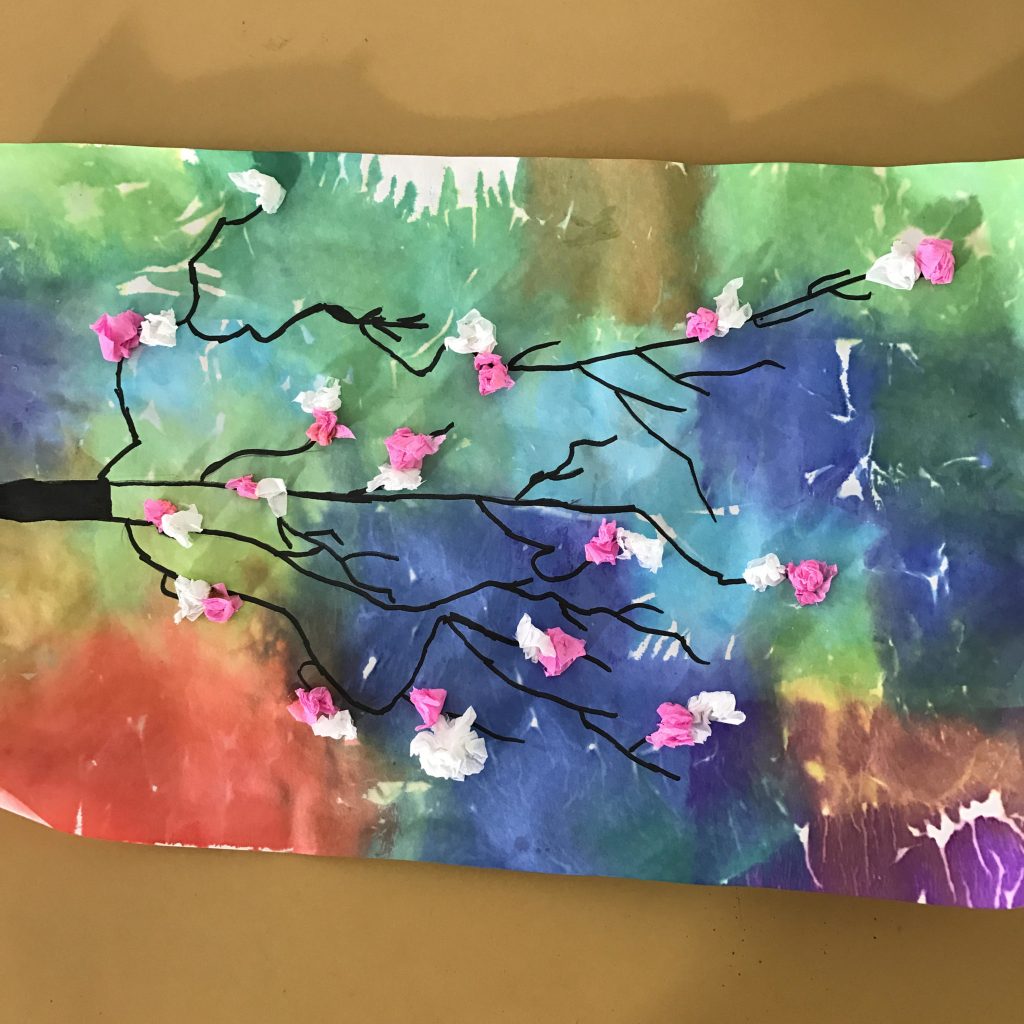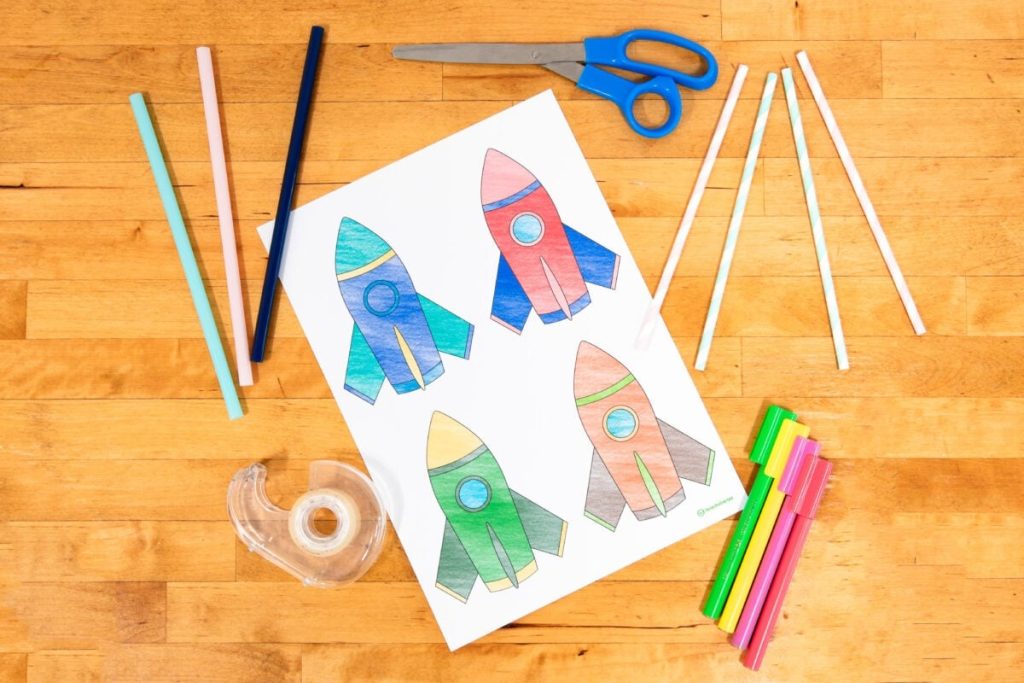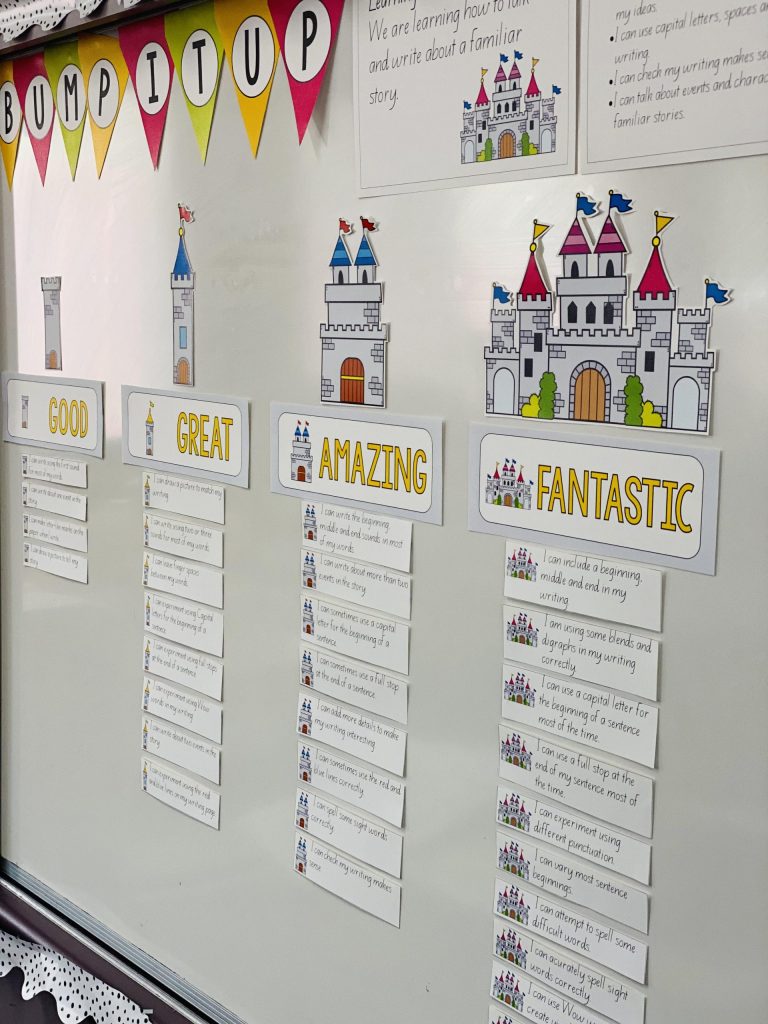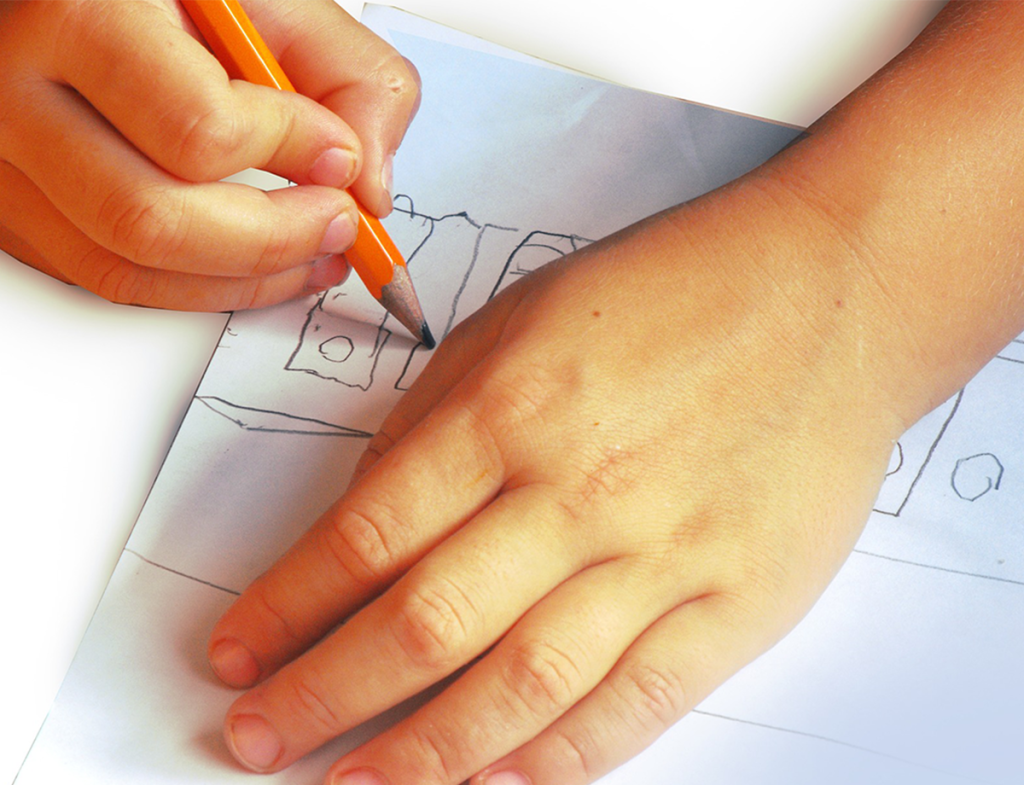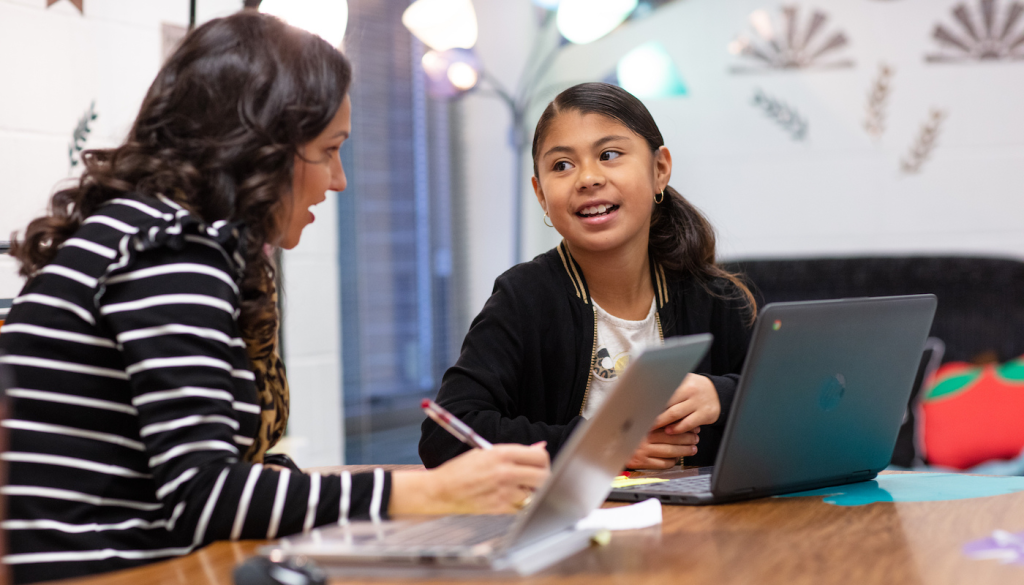As the new academic year approaches, educators are on the lookout for fresh resources, activities, and worksheets to kick-start their curriculums and energize their classrooms. Back to School 2024 is no different, and in anticipation of welcoming students back, we’ve curated a list of innovative and engaging materials to ensure teachers are more than ready for the challenges ahead.
Resources for Teachers
1. Digital Platforms for Classroom Management: Utilize modern platforms like Google Classroom or Edmodo to assign work, track progress, and manage communication. These tools facilitate a blended learning approach that can cater to individual student needs.
2. Professional Development Webinars: Engage in webinars from educational leaders focused on the latest teaching strategies and technological advancements in education. This could include topics like “Incorporating AI in Lesson Planning” or “Mindfulness Techniques for Student Wellness”.
3. Educational Apps: Equip your classroom with educational apps such as Khan Academy or Quizlet that support various subjects and customized learning experiences. These apps often offer interactive content that keeps students intrigued.
Activities for the Classroom
1. Interactive Ice-Breakers: Start the year with activities that encourage students to get to know each other better through cooperative games. Some examples are “Two Truths and a Lie” or “Find Someone Who.”
2. STEM Challenges: Engage students with hands-on STEM (Science, Technology, Engineering, Mathematics) challenges like designing a simple machine from recyclables or coding a basic program.
3. Cultural Exchange Projects: Encourage global awareness by pairing up with schools from different countries for cultural exchange projects using video conferencing tools like Zoom.
Worksheets
1. Math Problem Solving Sheets: Prepare worksheets with real-world math problems that require critical thinking and creativity to solve.
2. Literature Analysis Templates: Create literature circle sheets with guided questions encouraging deeper analysis of texts.
3. Historical Inquiry Projects: Design worksheets for historical inquiry projects, where students must research a given event or figure and present their findings.
Remember that the key to an energized start of the school year is variety and engagement. By incorporating these resources, activities, and worksheets into your planning, you’ll be ready to embark on an inspired teaching journey this Back to School 2024 season!
